 |
The local residents seize the opportunity to catch crabs, fish, and snails in the Thac Ba reservoir. |
At the Thac Ba Hydroelectric Plant, situated in the provinces of Lao Cai and Yen Bai, the reservoir's gradual depletion has prompted residents from Yen Binh District (Yen Bai Province) and Luc Yen District (Lao Cai Province) to seize the opportunity to catch crabs and gather snails.
Based on the latest update from the Vietnam Electricity Group (EVN) and the management units of hydroelectric reservoirs in the Northern region, as of June 8, six out of seven major hydroelectric reservoirs in the North, including Lai Chau, Son La, Tuyen Quang, Thac Ba, Hoi Quang, and Ban Chat, have either reached or are approaching critically low water levels. Additionally, the Ban Ve Hydroelectric Reservoir in the North Central region is also nearing the dead water level. These hydroelectric plants are facing highly challenging operational conditions.
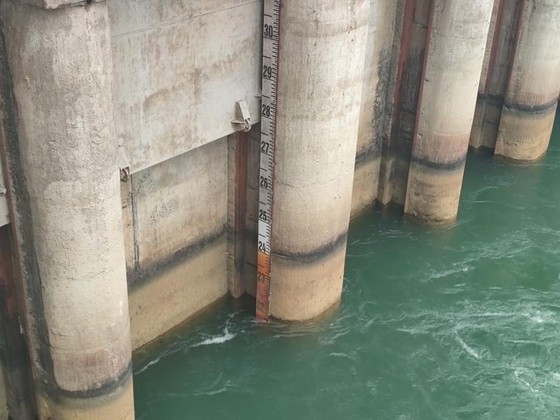 |
The water level in the Thac Ba Hydroelectric Reservoir has dropped below the dead water level. |
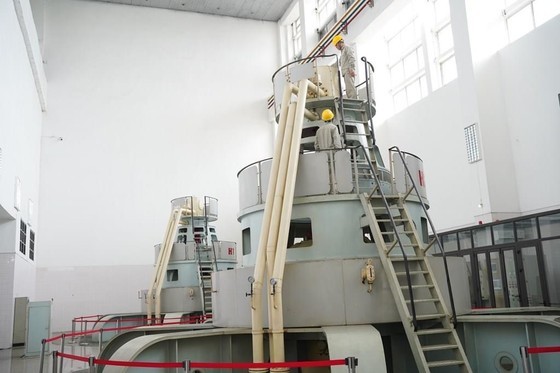 |
Due to the water level dropping below the dead water level, the Thac Ba Hydroelectric Plant has had to halt the operation of two power generation units. |
The Son La Hydroelectric Plant, the largest in Southeast Asia with a total capacity of 2,400 MW, is facing historically low water levels. On June 6, the water level in the Son La Hydroelectric Reservoir was recorded at 174.93 meters, which is below the dead water level and 40.07 meters lower than the usual water level rise.
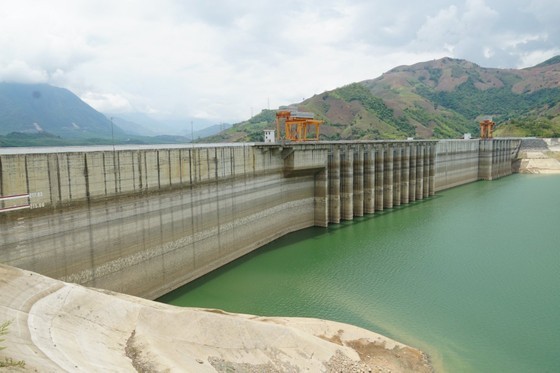 |
The water level of the Son La Hydroelectric Reservoir on June 6. |
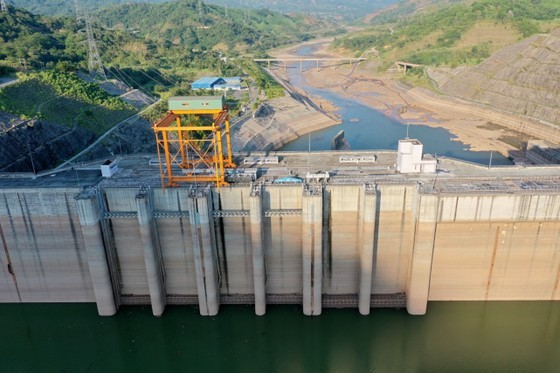 |
The Lai Chau Hydroelectric Plant (1,200 MW) is also operating below the dead water level. |
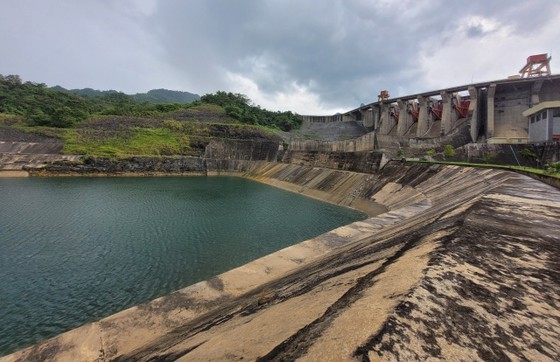 |
The Tuyen Quang Hydroelectric Reservoir is only 0.91 meters above the dead water level as of the morning of June 8. |
The Electricity Regulatory Authority under the Ministry of Industry and Trade said that hydroelectric power constitutes 43.6 percent of the electricity supply in the Northern region. However, as of June 6, the available capacity of hydroelectric power in the Northern region is only 3,110 MW, accounting for just 23.7 percent of the installed capacity.
According to the forecast for the second half of June and July, hot weather is expected to return to the Northern region. Consequently, the electricity demand in the Northern region could rise to a range of 23,500-24,000 MW during hot days.
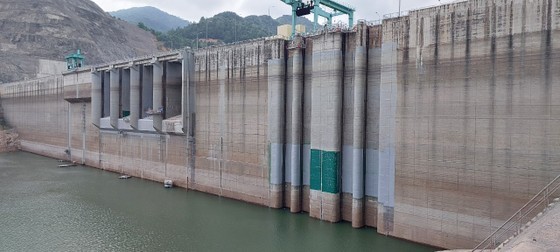 |
On the morning of June 8, the Ban Chat Hydroelectric Reservoir is only 0.92 meters above the dead water level. (Photo courtersy of EVN) |
Mr. Ngo Son Hai, Deputy General Director of EVN, said that the available capacity in the Northern region is just over 17,000 MW, while the peak demand during hot weather could reach up to 20,000 MW. It is forecasted that the power system in the Northern region will experience a shortage of approximately 4,350 MW, resulting in an average daily deficit of around 30.9 million kWh, with the highest daily peak potentially reaching up to 50.8 million kWh.
























